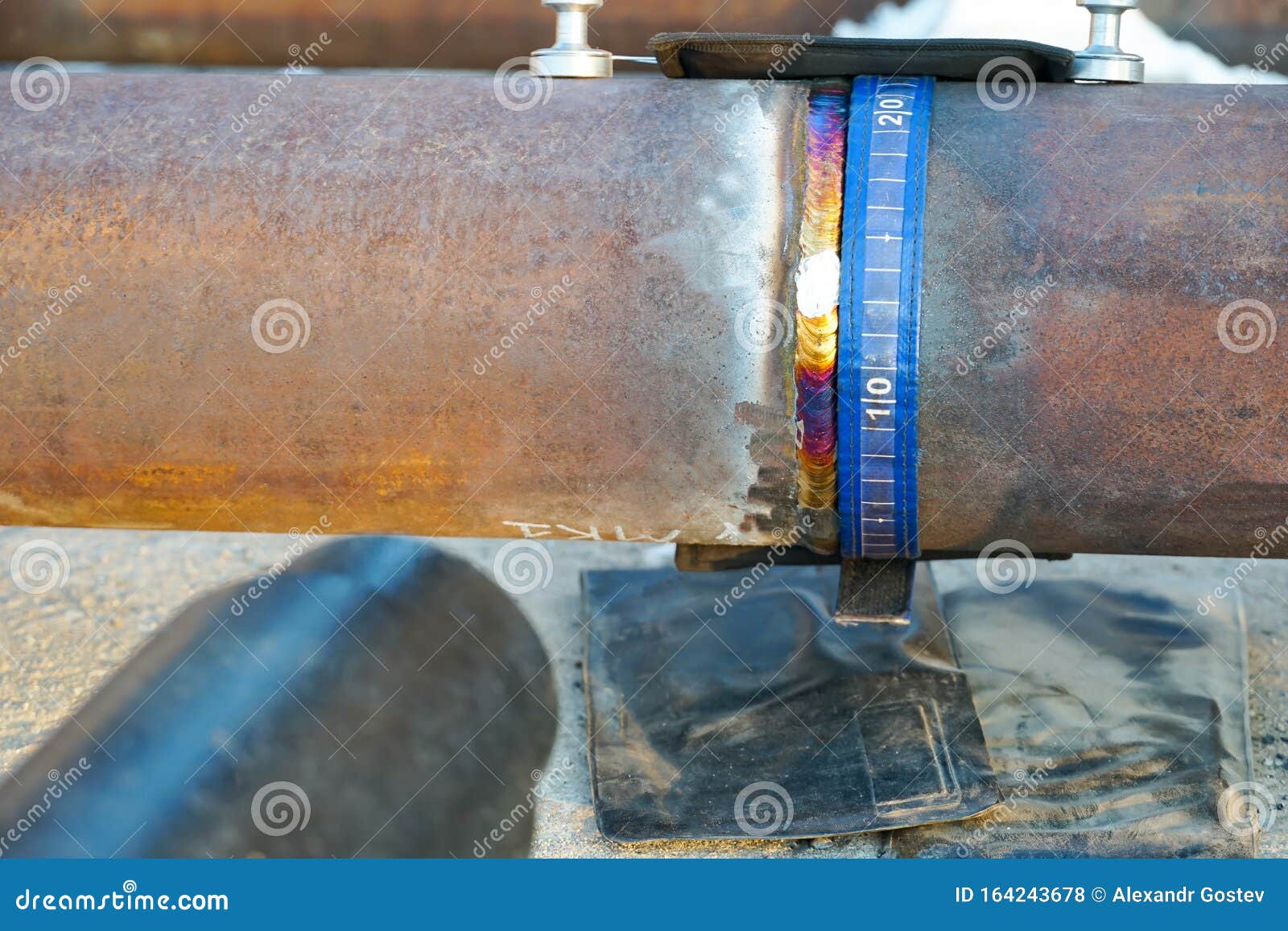Take Full Advantage Of Effectiveness: Proactive Pipeline Welding Inspection Techniques
Take Full Advantage Of Effectiveness: Proactive Pipeline Welding Inspection Techniques
Blog Article
Important Pipeline Welding Inspection Tips for Quality Guarantee
In the world of pipe construction, the stability of welds holds extremely important significance to guarantee the safety and security and performance of the entire system. From gas to refined petroleum products, pipes create the lifeline of numerous sectors. How can one assure the high quality of these welds that link the pipeline areas? The response depends on meticulous inspection techniques and adherence to stringent high quality guarantee criteria. By understanding the crucial pipeline welding inspection ideas, experts can avert prospective dangers, minimize costly repair services, and maintain the reliability of these important frameworks.

Significance of Welding Examination
Welding evaluation plays a crucial duty in guaranteeing the architectural stability and security of pipeline systems. By thoroughly examining welds, inspectors can determine any defects or flaws that could compromise the honesty of the pipe. These inspections are important for stopping leaks, tears, and various other possibly tragic failures that might result in ecological damages, financial losses, and even death.
The importance of welding examination can not be overemphasized, as the top quality of welds straight influences the general efficiency and longevity of the pipeline. With non-destructive screening approaches such as visual assessment, ultrasonic screening, radiography, and magnetic fragment testing, inspectors can find problems that may not be noticeable to the naked eye. By determining and resolving these issues beforehand, welding evaluation aids to guarantee that pipes satisfy market standards and regulatory requirements.
Inevitably, welding evaluation is a vital facet of quality guarantee in pipeline upkeep, construction, and repair service (Pipeline Welding Inspection). By promoting extensive assessment requirements, market professionals can alleviate dangers and maintain the safety and dependability of pipeline systems
Common Welding Defects
Amongst the difficulties faced in pipeline welding, usual defects can substantially affect the architectural honesty and performance of the bonded joints. Several of the most common welding defects consist of lack of combination, porosity, splits, insufficient infiltration, and imbalance. Lack of blend occurs when there is insufficient bonding in between the weld steel and the base steel, resulting in a damaged joint. Porosity, identified by gas pockets within the weld, can minimize the strength and make the weld vulnerable to deterioration. Cracks in the weld can circulate in time, jeopardizing the structural stability of the pipe. Incomplete infiltration occurs when the weld steel does not completely pass through the joint, causing a weak bond. Imbalance, where the weld Read More Here bead is not properly centered, can cause stress focus points and prospective failing. Detecting and addressing these usual defects with detailed inspection and high quality control processes are essential for ensuring the dependability and security of pipe welds.
Inspection Methods for Pipes


In making sure the structural stability and dependability of pipeline welds, the application of extensive examination methods is critical. Numerous examination methods are used to discover prospective issues and make sure the general top quality of the welds. Non-destructive screening (NDT) techniques such as radiographic testing, ultrasonic screening, magnetic fragment testing, and liquid penetrant testing are generally made use of in pipeline welding examination. Radiographic testing entails using X-rays or gamma rays to discover inner problems, while ultrasonic testing makes use of high-frequency acoustic waves to recognize flaws. Magnetic fragment testing is effective for spotting surface-breaking defects, and liquid penetrant testing is used to spot surface area cracks. Visual evaluation is additionally necessary in pipeline welding to determine any visible flaws or interruptions. Additionally, computerized inspection methods making use of advanced modern technologies like drones and robotics are increasingly being employed to boost the efficiency and precision of pipeline assessments. By using click for info a combination of these evaluation strategies, pipeline bonded top quality can be guaranteed, and potential concerns can be alleviated prior to they intensify into larger problems.
Making Certain Quality Control Standards
To maintain strict high quality assurance criteria in pipe construction, thorough adherence to developed market protocols and guidelines is vital. Quality assurance in welding procedures needs a thorough method incorporating numerous stages of pipeline building and construction. Carrying out a robust high quality administration system that consists of routine audits and testimonials can better boost the overall quality assurance requirements in pipe welding.
Avoiding Pricey Fixings
Offered the crucial relevance of maintaining rigorous quality guarantee requirements in pipe building and construction, an aggressive approach to avoiding pricey repairs is important. Routine maintenance checks and monitoring of environmental elements that might affect the honesty of the pipeline are also essential in avoiding costly fixings. By investing in preventative procedures and focusing on high quality guarantee at every phase of the pipe welding procedure, companies can lessen the danger of costly repair work and make sure the long-term dependability of their framework.
Verdict
In verdict, adherence to proper welding assessment strategies is necessary for guaranteeing the high quality and stability of pipelines. By recognizing usual welding defects and implementing comprehensive assessment processes, expensive repairs can be you can look here protected against, and quality control standards can be fulfilled - Pipeline Welding Inspection. It is crucial for pipe welders to focus on assessment procedures to preserve the security and reliability of the facilities they are dealing with
The value of welding evaluation can not be overstated, as the top quality of welds straight influences the overall efficiency and long life of the pipeline. Non-destructive screening (NDT) techniques such as radiographic screening, ultrasonic testing, magnetic bit testing, and liquid penetrant screening are generally used in pipe welding evaluation. Visual assessment is also essential in pipeline welding to recognize any kind of visible defects or stoppages. Furthermore, automatic inspection methods making use of advanced innovations like robotics and drones are increasingly being used to boost the efficiency and accuracy of pipe inspections.In conclusion, adherence to correct welding examination methods is crucial for guaranteeing the quality and stability of pipes.
Report this page